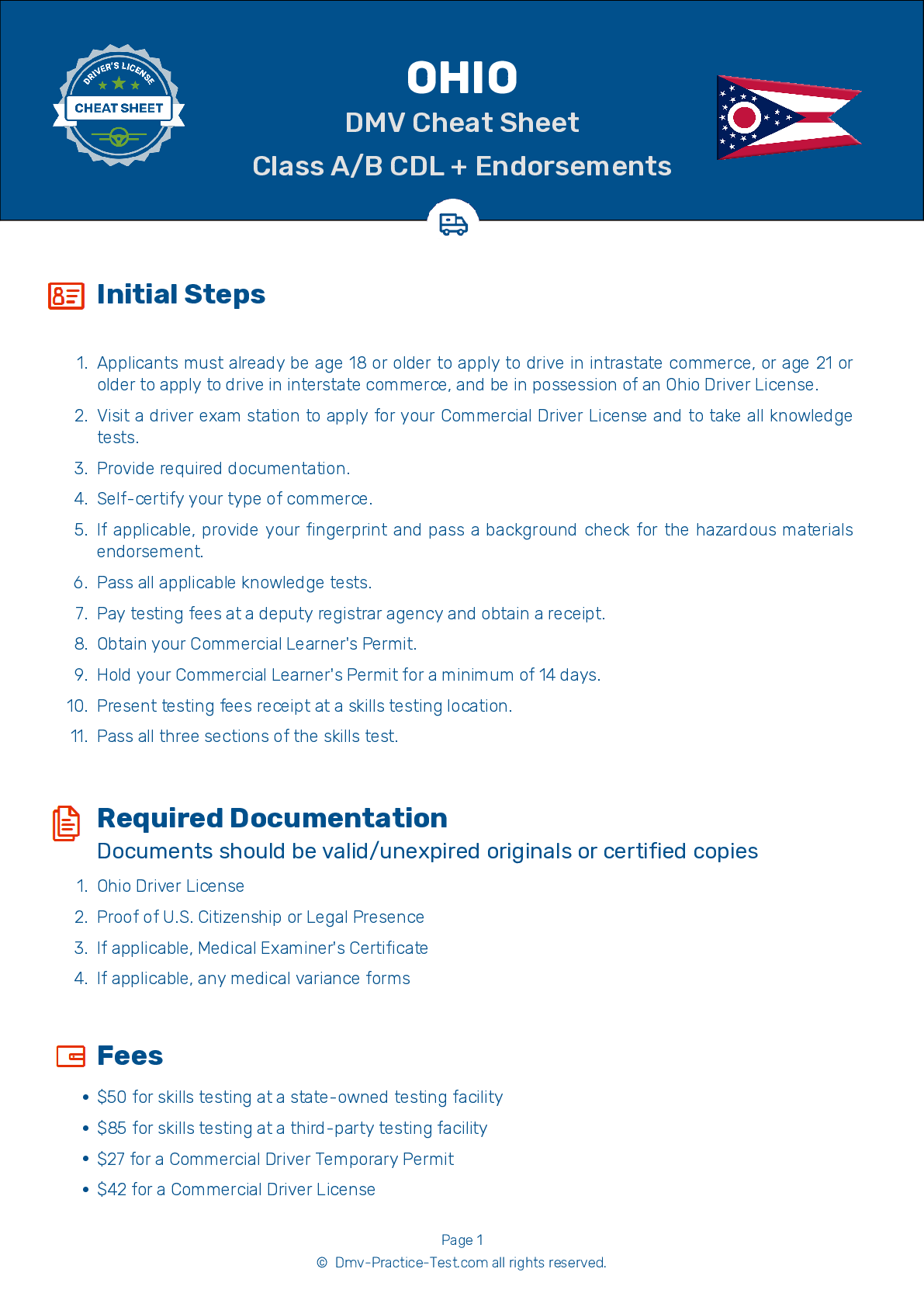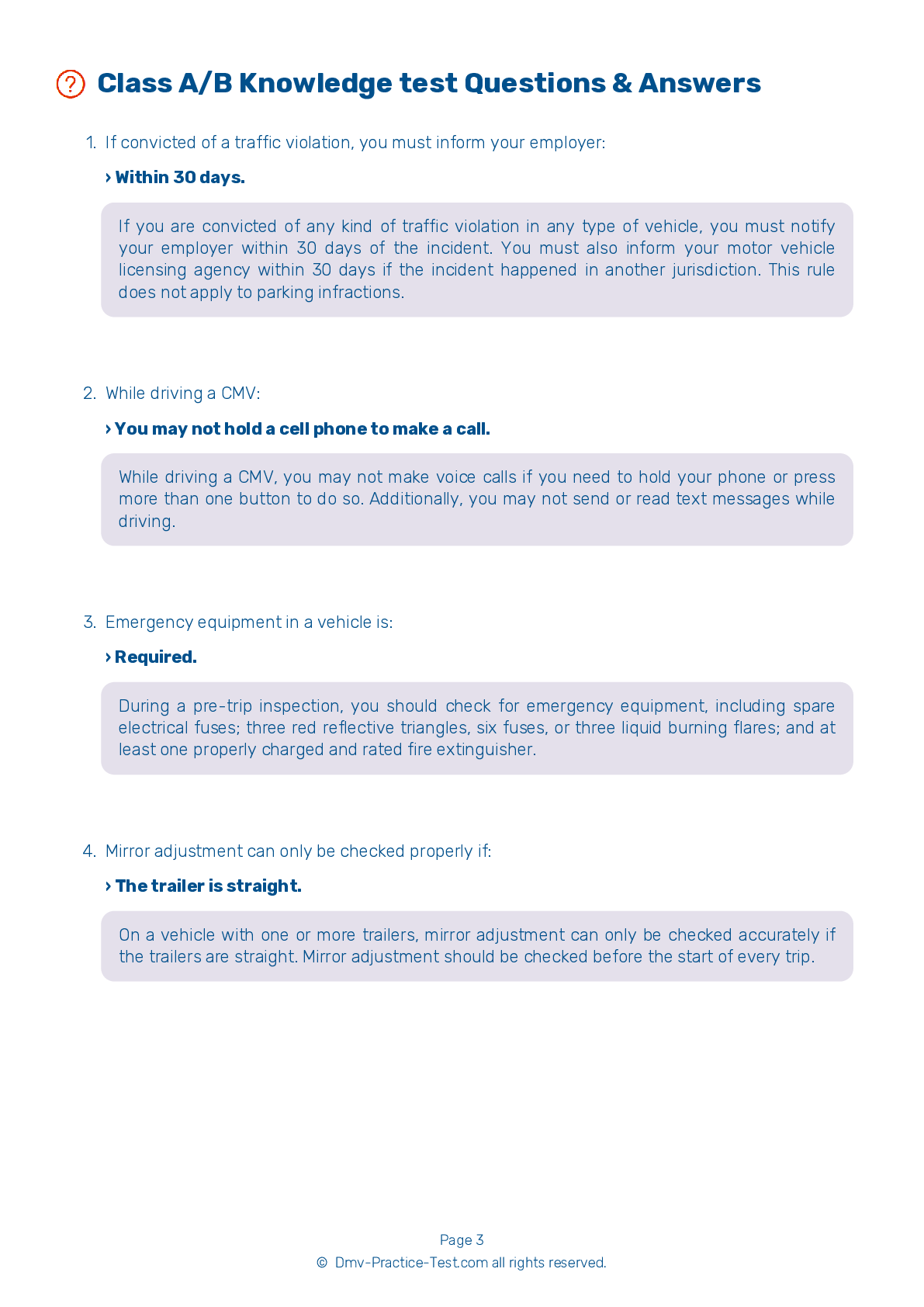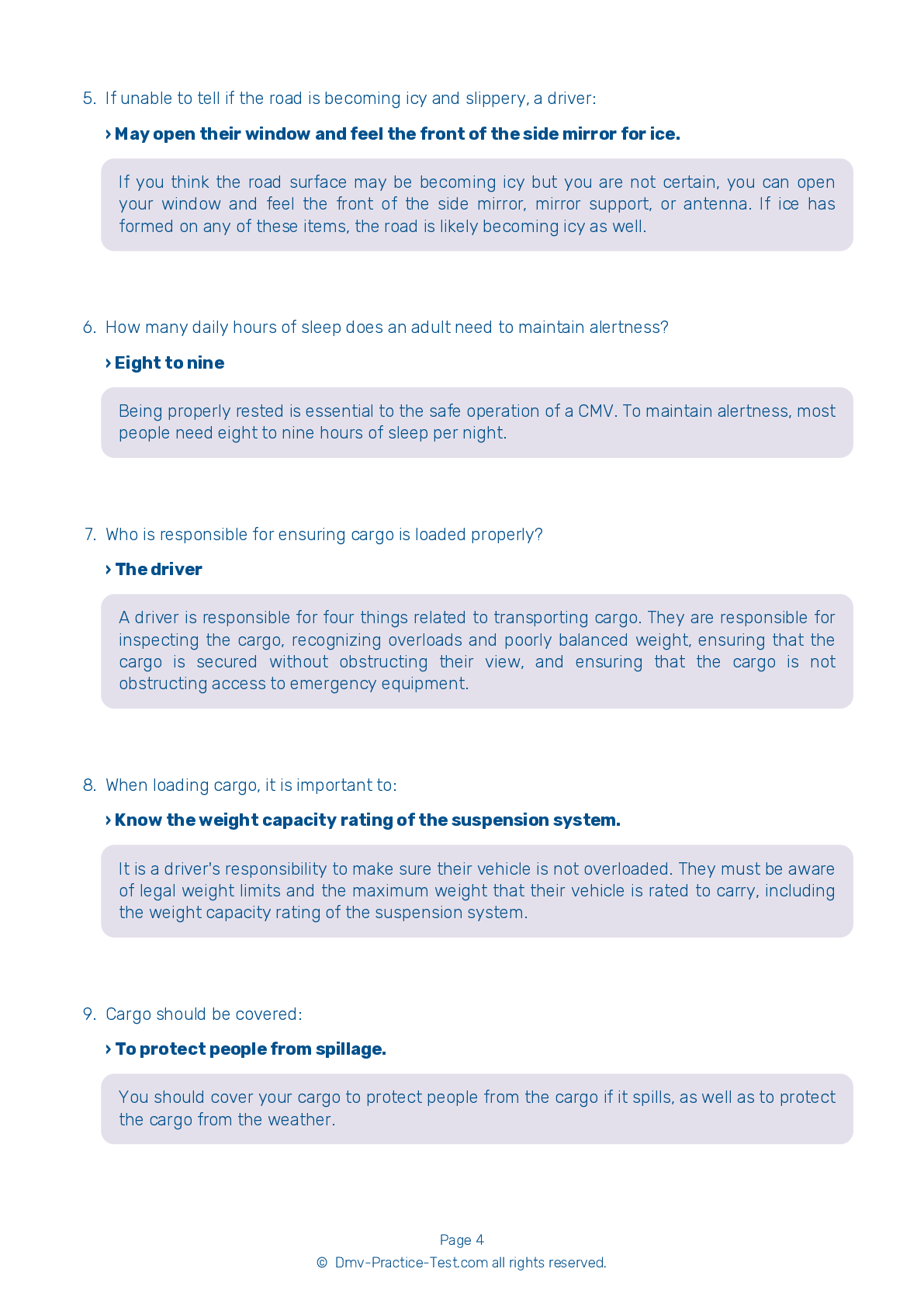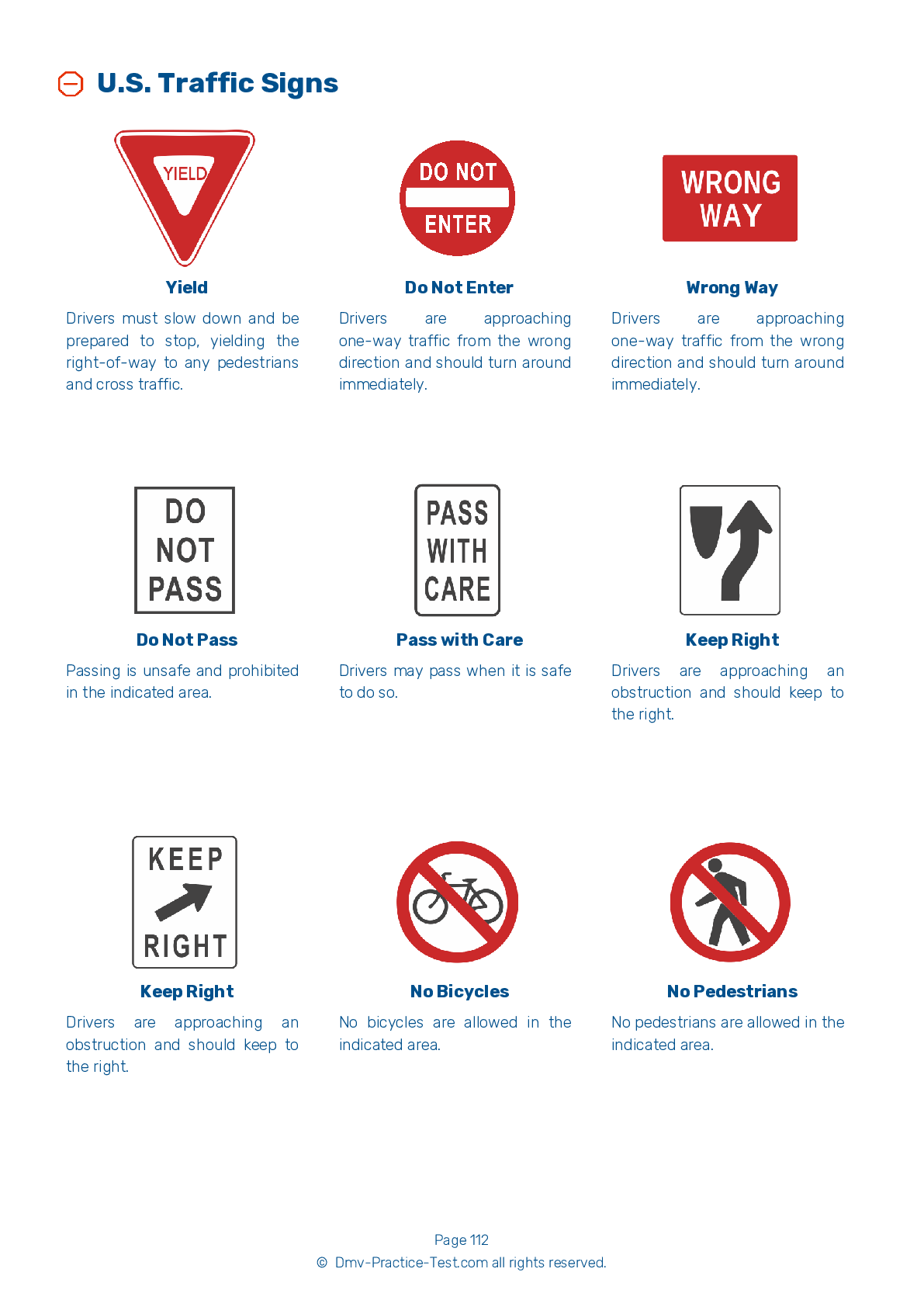Combination Vehicles Practice Test | Ohio 2025 #1 Page 2 of 3
Train for FREE online with our Ohio CDL combination vehicle test. The official exam test consists of several obligatory parts, with all of them checking your knowledge of different blocks of road rules. If you need to obtain a OH combination license in 2025, practice as much as possible. Free sample tests published on our website will help you check and improve your knowledge and boost your grades. Please bear in mind that DMV requirements for issuing a combination license may vary from state to state.
8 . When you are pulling a trailer, the air supply control lever should be in its ____ position.
Tractor protection controls in older vehicles may be operated by levers instead of knobs. If an air supply control is set in its "normal" position, it is properly set for you to pull a trailer.
9 . A driver should test the tractor protection valve by:
You should test the tractor protection valve by allowing the air supply to properly charge, turning off the engine, then releasing air from the system by pressing the brake pedal several times. The tractor protection valve should move into its emergency position when psi drops to an unsafe level.
10 . Look into the back of the fifth wheel:
While inspecting a coupling, you should go under the trailer and look into the back of the fifth wheel. Ensure that the fifth wheel jaws are secured around the shank of the kingpin.
11 . If you must cross traffic while driving a combination vehicle, you should:
Combination vehicles require more space on the road than other vehicles. When entering or crossing traffic while driving a combination vehicle, it is especially important that there is a large enonugh gap in traffic to safely do so.
12 . When glad hands are coupled, the seals should be pressed together at a ____ angle.
When coupling, be sure to couple the proper glad hands. When glad hands are connected, the seals should be pressed together at a 90-degree angle.
13 . If a trailer begins to skid, it is best for the driver to:
If your trailer begins to skid, you should release the brakes to regain traction. The trailer will begin to straighten out once the wheels begin to grip the road again.
14 . Keeping cargo centered on a rig can:
A rollover is more likely if cargo is unevenly loaded in a rig. To help prevent a dangerous rollover, it is important to keep a load as centered on the rig as possible.
See the exact questions that will be on the 2025 Ohio DMV exam.
99.2% of people who use the cheat sheet pass the FIRST TIME
Lillian MCcranie explains how our CDL study guide was helpful in passing the exam and recommends it to everyone.
Cameron tells us how he purchased the CDL exam, and found it to be a useful tool which helped him pass the exam and find a job.



